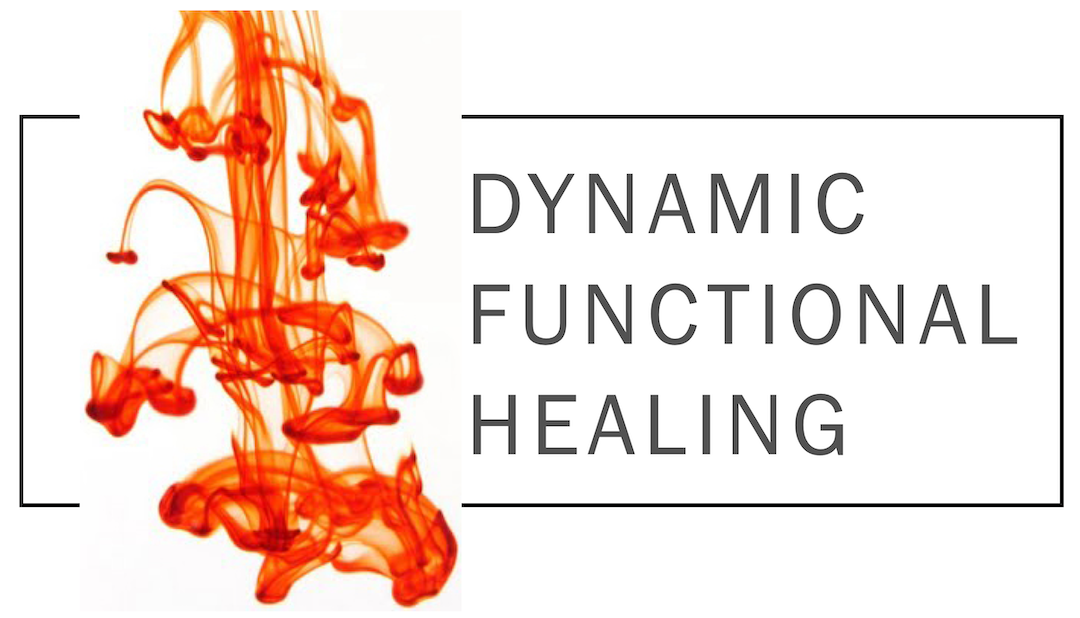Skeletal muscles have tone and strength. The two are often confused because in normal parlance we say that someone who has built their muscle strength, by say, weight lifting or physical activity, is 'toned'. This is not what we are referring to when pointing to muscle function.
'Muscle tone' refers to the work the muscle is doing when it is at rest, while the work that muscles do while working, or exerting force, is called 'strength'.
All muscles maintain some working fibers, even while at rest. This reflects a certain amount of electrical and chemical communication that constantly happens in order to maintain basic functions such as proprioception, balance or just structure. Those muscles that have some responsibility for posture have more slow-twitch fibers and will have greater resting tone. Slow-twitch fibers are the "white meat" of muscle. Like birds who must fly hundreds of miles to migrate, they are working much of the time to keep up some tone for endurance. The need for postural and structural support never sleeps. When some fibers need to rest, others jump in to take over. The pelvic floor is postural and is prone to hypertonicity. Hypertonic fibers are those that do too much work while at rest. A muscle that doesn't rest can't work as well and can produce pain. Most patients who show up at American pelvic pain clinics or complain of urinary symptoms present with hypertonic pelvic floors.
Muscles at work are characterised as strong or weak. Both can be hypertonic (or hypotonic, for that matter--meaning too flaccid at rest). When women are given a vaginal digital exam by a urologist in order to assess for strength, it can be difficult to accurately assess the strength of a hypertonic pelvic floor. If the muscle contracts but doesn't adequately relax afterwards, the physician will feel little difference in tension and proclaim the muscle group to be weak. What the practitioner actually felt was the result of hypertonicity and the jury is still out on the strength or weakness.
A female urologist (one who is trained on female anatomy and physiology) is more likely to be aware of this issue than the more traditional male urologist. Nearly all urologists are male urologists.
I have had patients who become concerned that exercise will worsen hypertonicity. This could not be further from the truth. When we work a muscle, we contract and relax it, over and over. In working the muscle we train the relaxation part of the cycle as much as the contraction. In fact, working the muscle is one way of treating hypertonicity.
For the pelvic floor, there are two more ways that we can aid relaxation of the muscles. One is to give a slight push out, like giving a little push to get a tampon out. It should never be a forceful or strained push; use very little effort and don't expect to feel anything different from doing it. The other way to relax the pelvic floor is to lie in rest pose—on one's back, with knees bent and soles of the feet touching each other. This minimizes the electrical activity from the large muscles of the thighs and buttocks that tends to spill into the pelvic floor. This electrical activity is normal, but too much of it promotes hypertonicity.

